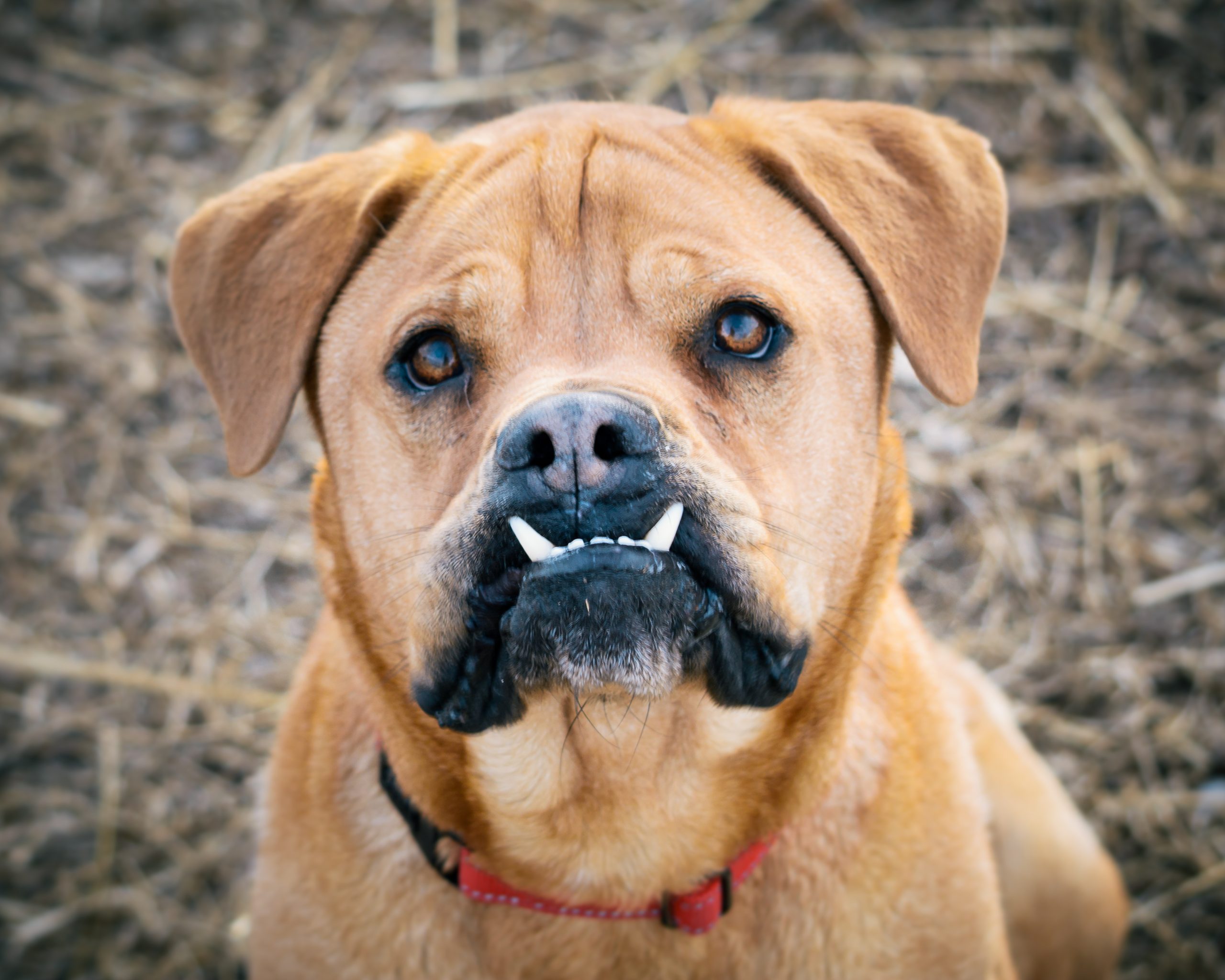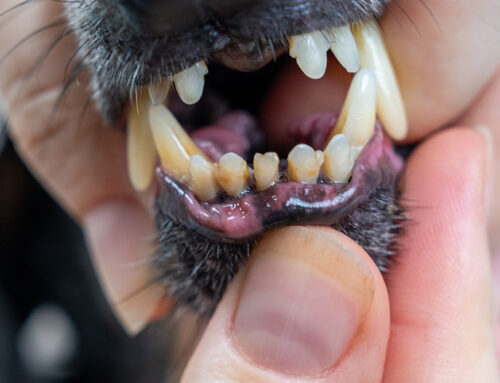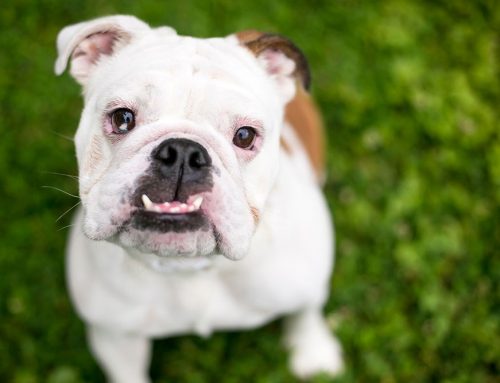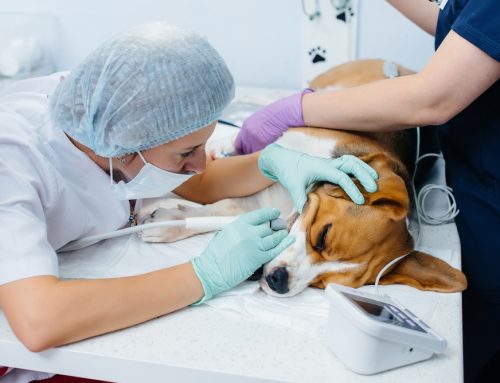An underbite, or relative mandibular prognathism, can affect dogs and cats, leading to various health problems if not properly managed. While an underbite can give a pet a distinctive look, a severe case requires treatment to ensure your dog’s or cat’s comfort and overall health. Our North Bay Veterinary Dentistry team explains the treatment options available for underbites in pets, providing a detailed look at each method.
The basics of underbites in pets
An underbite occurs when the lower jaw extends further than the upper jaw, causing the teeth to be misaligned. Breeds, such as Persian cats, boxers, shih tzus, and French and English bulldogs, are often bred to have these distinctive features. However, this malocclusion can result in various dental issues, including trauma to the mouth’s floor or other teeth from the upper incisors and canine teeth.
Common problems associated with underbites in pets
A pet’s underbite severity influences the oral health issues they can experience. Pets with underbites can suffer from the following issues:
- Mouth floor trauma — Misaligned teeth can cause sores and ulcers on the soft tissues.
- Damage from maxillary incisors — The upper incisors may damage the tongue side of the lower incisors and canine teeth, causing wear and periodontal bone loss to the point of the teeth dying.
- Severe crowding of upper teeth – Since the upper jaw tends to be shorter than normal in dogs with a severe underbite, the upper teeth have to fit into a shorter space, resulting in crowding and rotation that can predispose them to periodontal disease.
Treatment options for underbites in pets
Treatment options vary based on your pet’s underbite type, how the teeth fit together, and the oral issues the malocclusion is causing. If your pet has an underbite, our team considers the following treatment options:
Interceptive orthodontics for pets

Interceptive orthodontics involves extracting deciduous—baby—teeth that obstruct comfortable occlusion. A less significant tooth is typically extracted to save a strategically more important one. This approach is often used to create space for permanent teeth to grow correctly. Early interceptive orthodontic therapy helps prevent further misalignment and more severe issues as a puppy or kitten matures. Interceptive orthodontics involves:
- Assessment and planning — Dr. Fulton determines which deciduous teeth are causing problems.
- Extraction — The problematic teeth are carefully extracted to allow the permanent teeth to align better.
- Postoperative care — Dental X-rays are taken to confirm complete tooth root extraction and recheck appointments monitor healing and resolution of any contact trauma.
Tooth extraction for pets
In cases where certain teeth are causing severe misalignment and pain, extraction may be necessary. To determine if extraction is a viable treatment option, a thorough oral assessment is performed to identify problematic teeth. Then, the teeth causing issues are removed to alleviate discomfort and prevent further dental complications. Once the teeth are extracted and the sites healed, your pet will enjoy rapid relief from pain and chewing difficulties caused by the misaligned teeth.
Orthodontic devices for pets
Orthodontic devices, such as braces, inclined planes, or temporary crown extensions, can correct individual tooth alignment problems over time, gradually moving teeth into better positions. If your pet is a candidate for orthodontic treatment, they receive a custom-made device tailored to fit their mouth and needs. Once your pet has been fitted with a customized device, they must attend frequent veterinary visits for adjustments. Orthodontic devices are a less invasive option compared with surgical interventions. These treatments are meant to address problems that are actively causing problems, not for cosmetic purposes.
Odontoplasty for pets

Odontoplasty, or tooth reshaping, involves modifying the teeth’s shape to prevent soft tissue trauma. This procedure is often used when maxillary incisors damage the soft tissue of the lower jaw or the lower teeth. Odontoplasty’s key benefit is that it provides quick relief from pain and prevents further trauma. Odontoplasty for pets involves:
- Tooth reshaping — Small amounts of tooth structure are removed to change their shape.
- Sealants — Dental sealants are applied to protect exposed dentin.
- Postoperative care — Close monitoring and follow-up assessments are necessary to ensure successful healing.
An underbite in a dog or a cat can range from a minor cosmetic issue to a significant health concern. From regular dental care to tooth extractions and orthodontic treatments, our team offers various options to address underbites and improve your pet’s quality of life. Consult our North Bay Veterinary Dentistry team to determine the best course of action for your furry friend’s underbite.






Leave A Comment